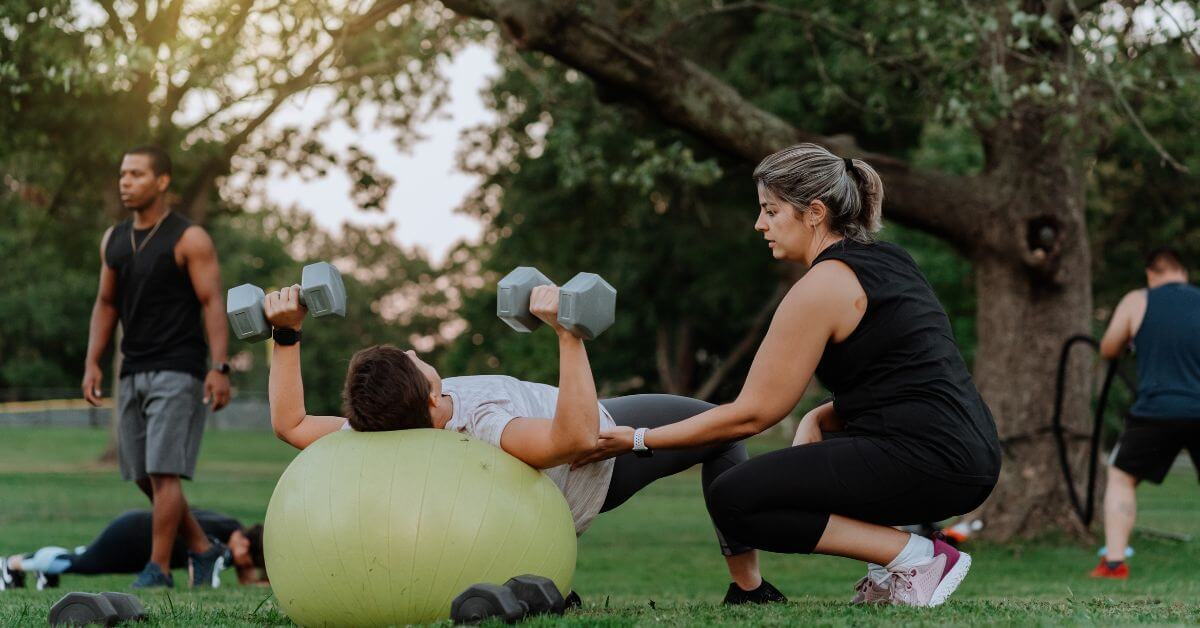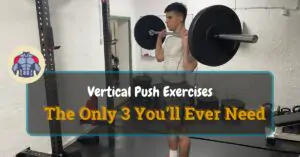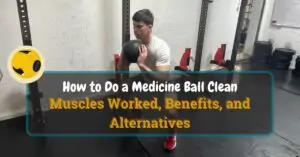Functional movement patterns are basic motions in which several joints and muscles cooperate to carry out a particular activity.
Table of Contents
ToggleThese motions replicate everyday life actions, including bending, lifting, pushing, tugging, and twisting. Exercising using functional movement patterns may increase your strength, flexibility, balance, and coordination, which can boost your performance in daily tasks and sports.
Functional movement patterns may improve how you move, feel, and perform in many facets of your life, whether you’re a novice or a professional athlete.
Start Building Your Dream Body Today
Ready to elevate your fitness game without falling into the trap of dull, repetitive routines that just don’t deliver? Imagine sculpting your ideal physique and boosting your health, all while still enjoying life’s pleasures, like those irresistible weekend getaways and your aunt’s legendary cheesecake. With our online fitness and nutrition coaching service, you don’t have to compromise. Dive into a personalized fitness journey that blends perfectly with your lifestyle, not against it. Book your completely free discovery consultation today, and take the first step towards a transformation that doesn’t require giving up the joys of life.

“I was skeptical about online fitness coaching, but Functional Body Savage completely changed my perspective. Vanja and Radomir’s personalized approach and attention to detail have helped me achieve goals I never thought possible. I’m stronger, more confident, and grateful for their guidance.”
Emily Thompson, San Francisco, CA
Learn More About Our Online Coaching ServiceQuick Summary
- Functional movement patterns, which include the basic actions of the squat, bend, lunge, push, pull, twist, and gait/carry, are the cornerstone of functional training.
- Functional training aims to increase general movement quality, lower injury risk, and improve performance in everyday tasks or sports.
- Functional training plans should emphasize progression and diversity based on each individual’s fitness objectives, and skills.
- Strength, endurance, flexibility, and balance may be increased with functional training methods.
What Are the Functional Movement Patterns?
Functional movement patterns are a collection of motions required for carrying out daily tasks. Squatting, lunging, pushing, pulling, hinging, and spinning are a few of these patterns.
You may enhance your overall movement quality and lower your risk of injury by adding functional movement patterns into your training regimen. Compared to more conventional workouts that isolate large muscle groups, these exercises are more valuable and adaptable to daily life.
They are advantageous for athletes and people who spend their days at a desk since they enhance synchronization between various muscle groups and joints [1].
Related Article:
7 Functional Movement Patterns Explained
After establishing the significance of functional movement patterns, let’s examine each of the seven fundamental movement patterns in more detail.
You may enhance your general fitness and performance in daily activities and sports by becoming familiar with these motions and adopting them into your training regimen.
Each movement pattern will be thoroughly explained in this part, along with advice on using it securely and efficiently.
“The idea behind movement training is simple: we should train for movement first. That is to say that strength, mobility, and control should all be in service of strong, graceful movement patterns. It’s changing the emphasis.” – Adam Sinicki, AKA The Bioneer, author of the Functional Fitness and Beyond
1. Squat
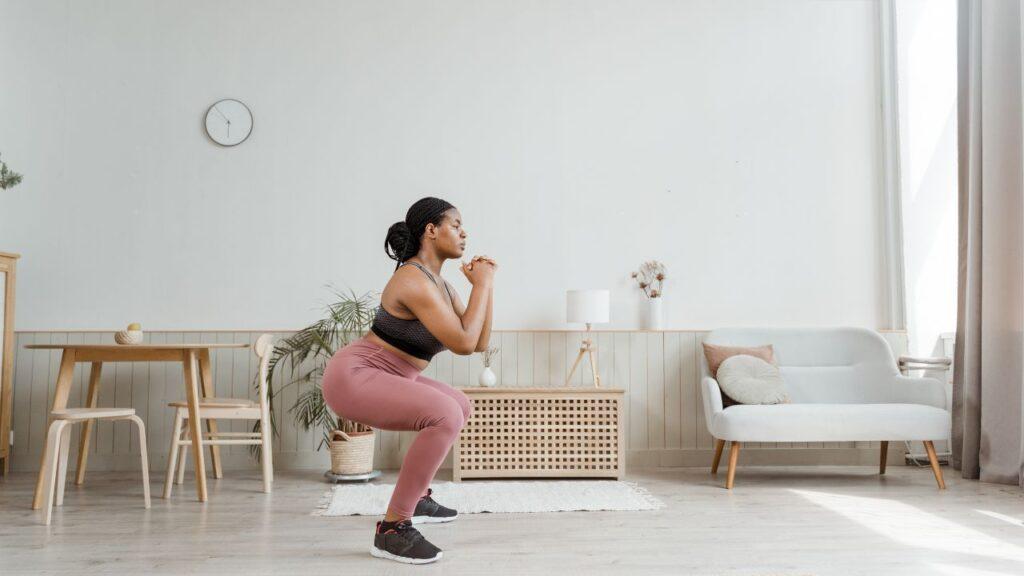
The squat is an essential functional movement pattern everyone should master, regardless of fitness level or athletic ability.
Getting into and out of a chair or picking something up off the ground both need the normal human movement of doing squats.
With many other athletic activities, including leaping, sprinting, and lifting, squatting is essential.
Squats may improve lower body strength, build more muscle, improve mobility and flexibility, and improve overall physical performance when done correctly.
Maintain good form to avoid harm and make the most of the advantages of this movement pattern.
Spice up your routine by experimenting with several squat variations, such as the traditional bodyweight, goblet, front, and back squat.
Each version gives the exercise a unique twist, focusing on a distinct set of muscles while requiring varied degrees of expertise and equipment[2].
2. Bend
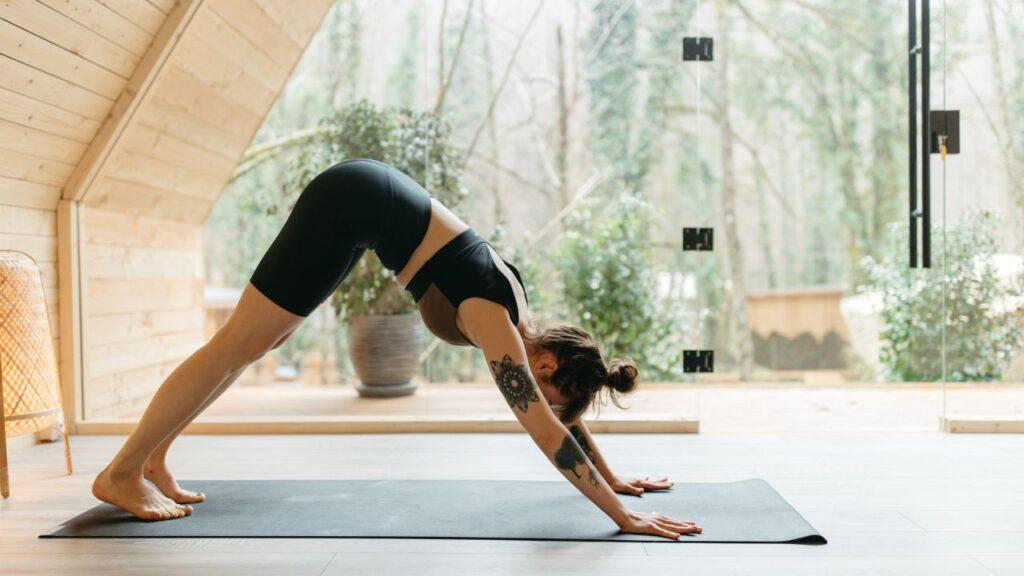
The bend emphasizes the posterior chain muscles.
This exercise simulates ordinary movements like picking things up off the ground by bending at the hips while maintaining a straight back and standing back up.
You may strengthen your glutes, hamstrings, and lower back while enhancing overall movement quality by using bends in your training regimen.
Good posture and balance depend on a strong posterior chain, especially as you age. Your lower back, which is frequently vulnerable to injury if neglected, depends on the muscles addressed during the bend [3].
While executing bends, proper form is essential to minimize risks of harm and maximize rewards. Maintaining a straight back and hip hinge when you descend your upper body toward the floor.
Keeping your knees slightly bent may also relieve some of the strain on your lower back.
3. Lunge
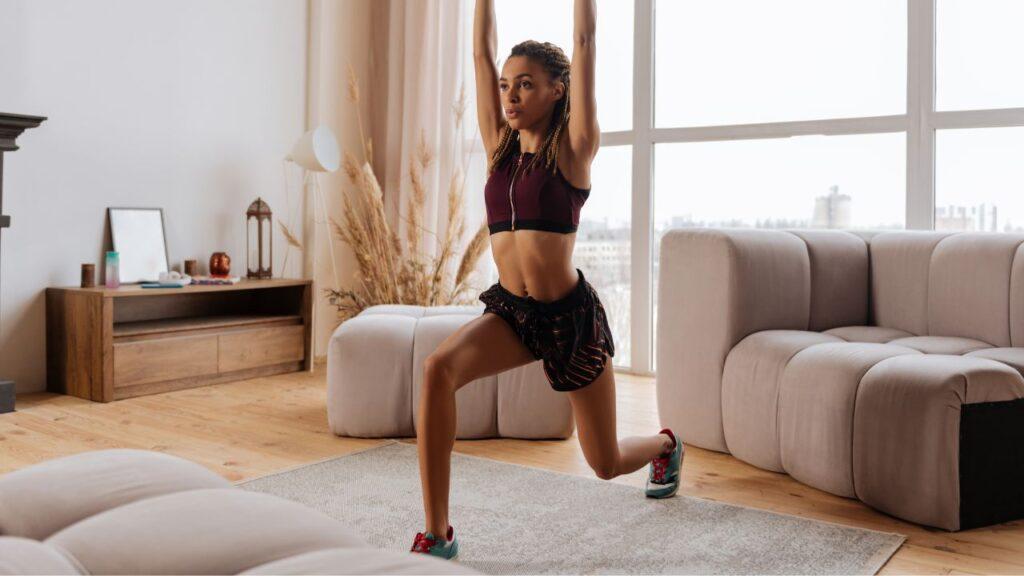
The lunge is a pattern that focuses on the muscles of the lower body, notably the quadriceps, hamstrings, and glutes.
Lunges can help you get fitter and strengthen your lower body. Including them in your exercise program.
This practical movement pattern supports several muscular areas while enhancing stability and balance.
Exercises like the lunge are adaptable and may be changed to accommodate various fitness levels and objectives.
Lunges come in several forms, including the reverse lunge, walking lunge, and jumping lunge, which provide diversity and difficulty to your exercise program.
You may enhance the intensity of your workout by varying the sort of lunge you do and adding resistance, such as dumbbells or a barbell.
Lunges should be performed with good form to minimize risks of harm and enhance rewards [4].
4. Push
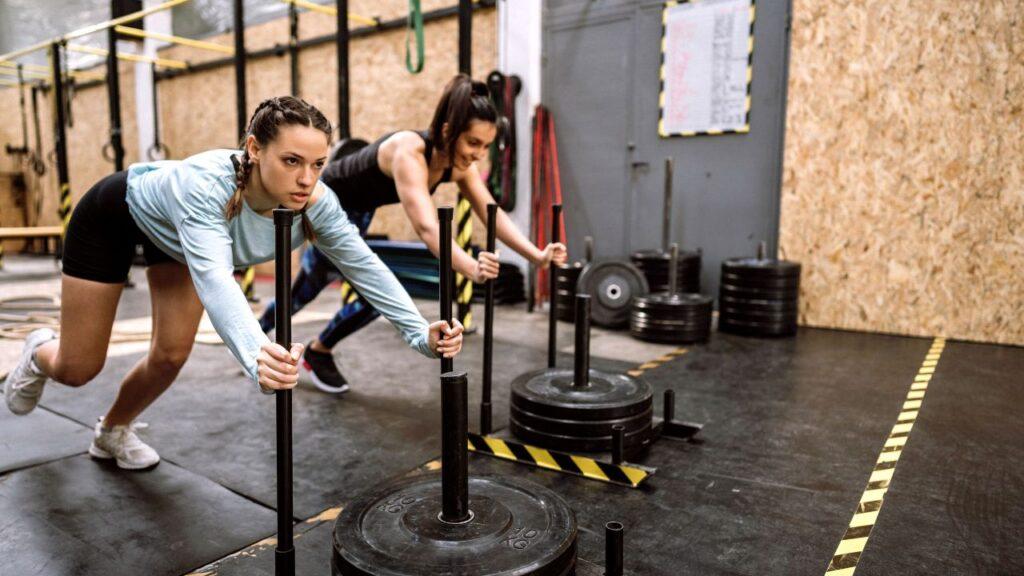
The push is a basic functional movement pattern in which you use your upper body to push something away from your body.
Both commonplace tasks like opening a heavy door and sporty ones like pushing an opponent in football or wrestling require this motion.
Your core muscles, shoulders, triceps, and chest can all benefit from pushing workouts. Proper form is essential to prevent injuries, especially to your shoulders and back.
Depending on your fitness level and goals, different push exercise versions can offer a variety of rewards and difficulties.
You may enhance the intensity of your workout and develop strength and muscle mass by changing the push exercise type and adding resistance [5].
The push movement pattern can further be divided into vertical push exercises and horizontal push exercises.
5. Pull
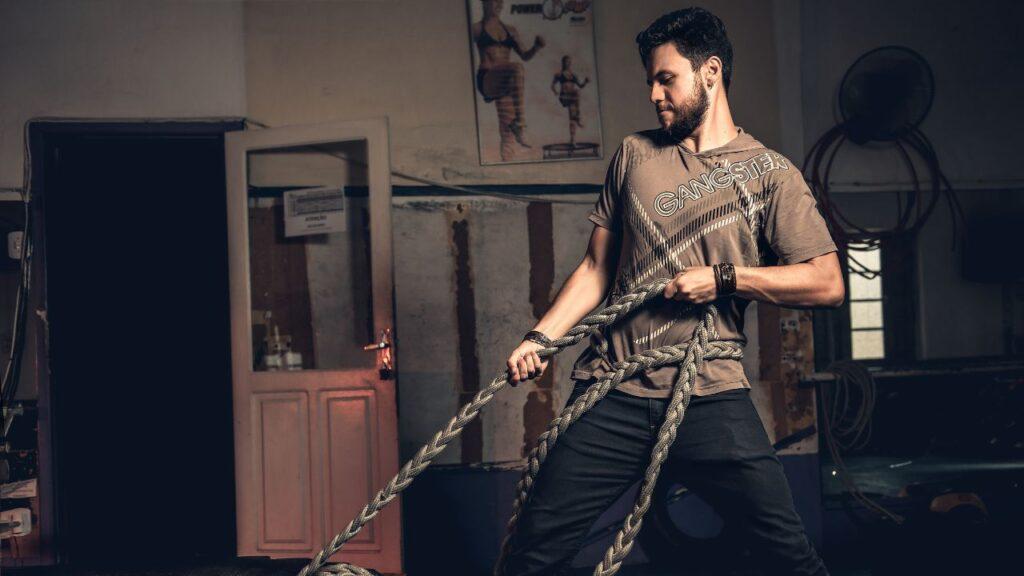
A basic movement pattern called the pull includes bringing weight or resistance close to your body. It engages muscles in your upper back and arms, such as the latissimus dorsi, biceps, and forearms.
Pull exercises can be done with barbells, dumbbells, or resistance bands and come in various forms, such as pull-ups, rows, and chin-ups [6].
For various fitness levels and goals, pull exercises can offer a variety of rewards and difficulties.
You may enhance the intensity of your workout, add resistance, increase your strength, and add more muscle mass by varying the pull exercise type.
Good technique is essential for pull exercises to be practical and to minimize risks of injury.
For safe and efficient execution, engaging the core, maintaining neutral spine alignment, and keeping the shoulders and elbows in the correct positions are crucial.
6. Twist
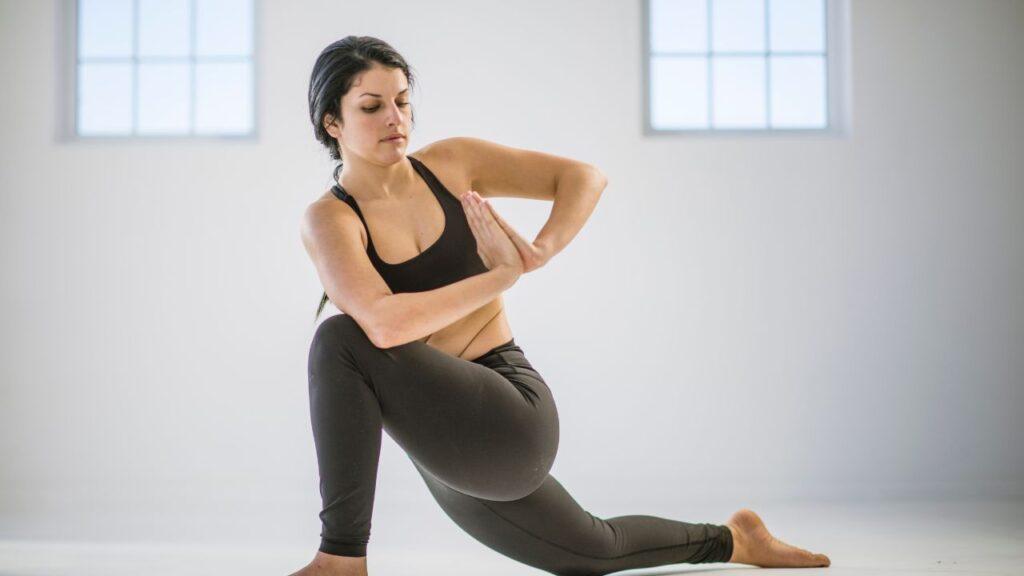
One of the basic movement patterns called a twist entails twisting your upper body while maintaining stability in your bottom body.
A strong core is necessary for everyday tasks like lifting things, bending over, and even walking.
Functional exercises that include twisting can increase your flexibility, core strength, and rotational power.
To protect your spine and lower back from harm, you must have good form and refrain from twisting too vigorously.
You may also perform anti rotation exercises to teach your core how to effectively prevent movement, one of the most important factors in elite sports.
Increase your rotational strength and boost your general physical performance by integrating twisting exercises like Russian twists, woodchoppers, or bicycle crunches into your training program.
Twist exercises may be challenging and valuable for people of diverse fitness levels and objectives.
The difficulty can be increased while gaining more advantages by adding resistance or expanding the range of motion [7].
7. Gait/Carry
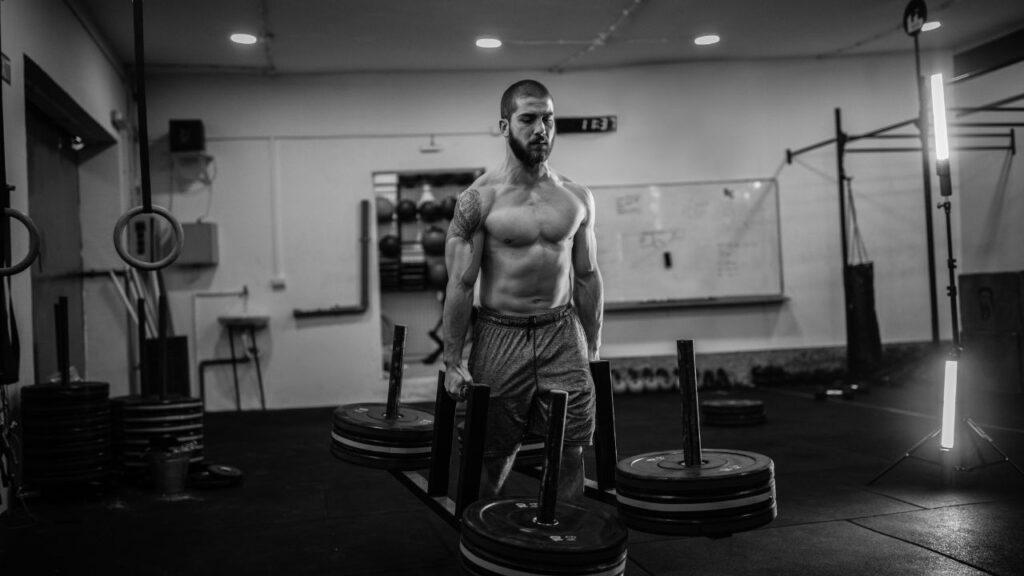
Our daily lives depend heavily on the gait/carry, which involves walking or carrying something.
By learning this technique, you may enhance your overall physical stamina, balance, and coordination [8].
Walking is a low-impact activity that may strengthen your legs, boost cardiovascular health, and improve balance and coordination.
On the other hand, carrying things may enhance grip strength, build the arms, shoulders, and back muscles, and advance general functional fitness.
Farmer’s carry is an excellent example of a functional exercise that follows the gait movement pattern.
To prevent injuries, it’s crucial to have good form and avoid carrying overly heavy or awkwardly formed things [9].
Who Started Functional Patterns?
A fitness guru from California named Naudi Aguilar created the training program known as functional patterns. Using a functional and comprehensive approach to exercise, Aguilar’s method aims to assist users in improving their physical performance, correcting posture, and minimizing pain and injuries.
In order to treat imbalances and dysfunctions within the body and promote optimum health and performance, the functional patterns training approach places a strong emphasis on the value of natural movements.
The method has acquired acceptance as a functional fitness training methodology and is popular with both amateur and professional athletes.
How to Use the Movement Patterns in Exercise?
To enhance your overall health and performance, you may incorporate functional movement patterns into your training regimen in several ways.
Compound exercises that incorporate some of those patterns, such as a squat into a push or a lunge into a twist, are one approach to achieve this.
Another option is exercises that isolate a specific movement pattern, like pull-ups for the pull pattern or Russian twists for the twist pattern.
Focusing on particular movements that may restrict a person’s performance or create pain or discomfort is an alternative strategy.
For instance, integrating exercises that improve hip and spinal mobility may be helpful if a person has trouble bending motions.
Also, you may incorporate these patterns into your daily life by using good form when lifting and carrying items or bending to pick something up from the ground.
Functional Patterns for Beginners
All fitness levels, including novices, can benefit from these patterns. Concentrating on appropriate form and technique when first starting to avoid injuries and lay the groundwork for more complex motions is crucial.
Basic exercises from each of the seven movement patterns, such as body-weight lunges, push-ups, planks, and farmer’s walks, can be included by beginners. These exercises may be adjusted to a person’s fitness level and advance progressively as their strength and mobility increase.
To enhance their overall movement quality, beginners should prioritize mobility and stability exercises. While stability activities can improve balance and core strength, foam rolling, stretching, and mobility drills can increase joint range of motion and alleviate muscle tension.
Does Functional Patterns Build Muscle?
Functional patterns can help you gain muscle when combined with a good diet and gradual overload.
You may work numerous muscle groups simultaneously and encourage muscle growth and strength by including multi-joint functional exercises that use various movement patterns, such as squats, lunges, and presses.
In contrast to conventional resistance training techniques that isolate particular muscle parts, functional patterns may not be the most effective approach to gain muscle[10].
FAQs
What Are the 12 Fundamental Movements?
The 12 fundamental movements are a set of foundational movement patterns that form the basis of functional training. They include the squat, lunge, hinge, twist, push, pull, gait/carry, crawl, roll, reach, lift, and jump.
What Are the 7 Functional Movement Patterns for Strength Training?
The 7 functional movement patterns for strength training are the squat, bend, lunge, push, pull, twist, and gait/carry.
What Are the 7 Basic Functional Movement Tests?
The 7 basic functional movement tests are a set of tests that evaluate an individual’s ability to perform functional movements with proper form and mechanics.
They include the deep squat, shoulder mobility, trunk stability push-up, hurdle step, active straight leg raise, inline lunge and rotary stability.
What Are the 12 Types of Movement?
The 12 types of movement are the flexion, extension, abduction, adduction, circumduction, rotation, supination, pronation, dorsiflexion, plantarflexion, inversion, and eversion.
What Is the Most Important Functional Movement?
The most important functional movement is the squat because it is usually considered a foundational movement that targets multiple muscle groups and has a high carryover to other functional movements.
Does Functional Patterns Work?
Yes, functional patterns work for the upper and lower body. Functional training can enhance overall strength, balance, coordination, and mobility by emphasizing movement patterns that simulate daily tasks.
How to Design a Functional Training Program Based on Movement Patterns?
Choosing exercises that target specific movement patterns is the first step in creating a functional training program based on movement patterns.
The second step is identifying the movement patterns that need to be improved or given more attention.
This can incorporate a combination of the seven fundamental movement patterns and other motions crucial for a person’s unique requirements and goals.
Exercises that test your strength and power should also test your balance, coordination, and flexibility.
It can enhance overall performance and fitness by gradually raising the level of difficulty and intensity of the workouts.
To develop a safe and successful program that is suited to each person’s requirements and objectives, speaking with a qualified fitness trainer might be helpful.
Start Building Your Dream Body Today
Ready to elevate your fitness game without falling into the trap of dull, repetitive routines that just don’t deliver? Imagine sculpting your ideal physique and boosting your health, all while still enjoying life’s pleasures, like those irresistible weekend getaways and your aunt’s legendary cheesecake. With our online fitness and nutrition coaching service, you don’t have to compromise. Dive into a personalized fitness journey that blends perfectly with your lifestyle, not against it. Book your completely free discovery consultation today, and take the first step towards a transformation that doesn’t require giving up the joys of life.

“I was skeptical about online fitness coaching, but Functional Body Savage completely changed my perspective. Vanja and Radomir’s personalized approach and attention to detail have helped me achieve goals I never thought possible. I’m stronger, more confident, and grateful for their guidance.”
Emily Thompson, San Francisco, CA
Learn More About Our Online Coaching ServiceReferences:
- https://www.ncbi.nlm.nih.gov/pmc/articles/PMC9368594/
- https://www.ncbi.nlm.nih.gov/pmc/articles/PMC6050697/
- https://pubmed.ncbi.nlm.nih.gov/9122766/
- https://www.mdpi.com/2227-9032/8/3/276
- https://www.ncbi.nlm.nih.gov/pmc/articles/PMC4126284/
- https://www.ncbi.nlm.nih.gov/pmc/articles/PMC5548150/
- https://www.sciencedirect.com/science/article/pii/S1936878X08000880
- https://www.sciencedirect.com/topics/engineering/gait-pattern
- https://www.ncbi.nlm.nih.gov/pmc/articles/PMC4968506/
- https://www.ncbi.nlm.nih.gov/pmc/articles/PMC3578432/

